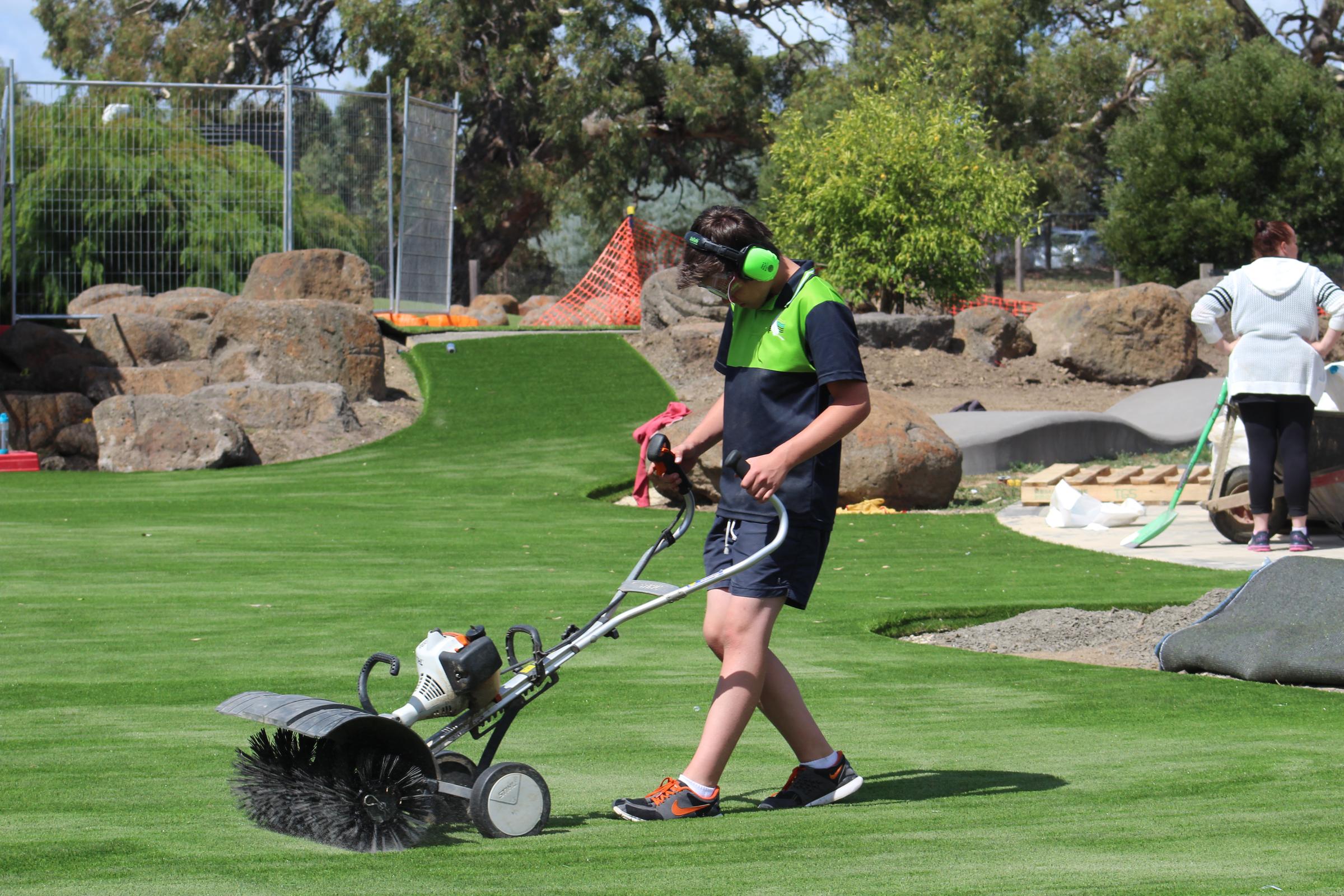PRODUCT & DESIGN TECHNOLOGY

PRODUCT & DESIGN TECHNOLOGY
These units encourage students to produce innovative solutions to various set design problems and develop research skills through a number of investigation assignments. Students work through a series of projects using a range of materials and systems drawn from wood, metal and plastics. These projects are designed to encourage students to develop skills in investigation and technical reporting, designing, manufacturing, collaboration and evaluation.
Unit 1: Semester 1
Product re-design and sustainabilityThis unit focuses on the analysis, modification and improvement of product design. It provides a structured approach towards the design process, and looks at examples of design practice used by a designer. The students examine the tools, processes and techniques and knowledge used by a designer to develop a solution to a specific problem.
On completion of the unit, students should be able to: use methods and processes used by the designer to design and manufacture a product. They should know how to use and evaluate materials, tools and equipment to produce a product. Students will also be able to plan a production sequence and apply OH and S risk analysis to the processes applied in the production of a product.
Unit 2: Semester 2
Collaborative DesignIn this unit students work as a member of a team to develop a product or contribute to the design and production of a group product. This is similar to the industry and professional design context where designers often work within a multidisciplinary team to develop a solution to design problems. The students learn about parameters within design set by the end-user’s needs, manufacturers requirements, social context and the increasing desire for environmental sustainability.
On completion of this unit students should be able to: work as a member of a team to identify a need and use a structured approach to problem-solving. They should know how to use a range of tools and equipment, plan, apply OH and S practices to reduce risk, document and share ideas using various communication methods such as computer aided drawing techniques.
